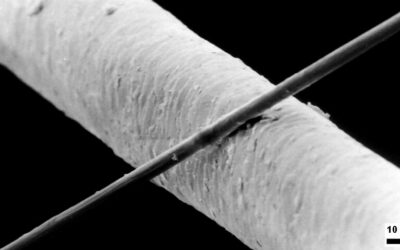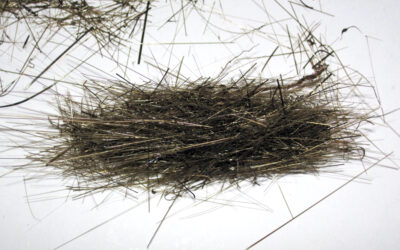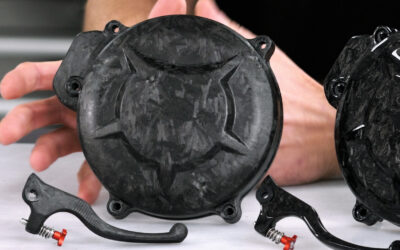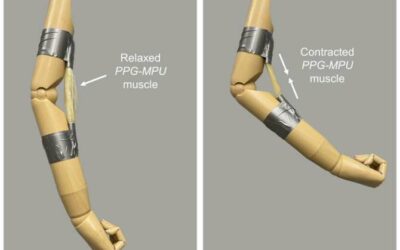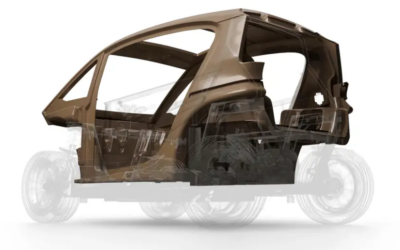Discover what is exactly carbon fiber, what makes it so special and how it is produced. Learn its key properties, applications in aerospace, automotive, and hypercars, and why it has become the ultimate material for high-performance engineering.
Getting technical

Contact us to get in touch!
Fill out the form and we will return to you asap. Thanks!
OUR GENERAL CONTACT:
info@managingcomposites.com
(+34) 919 54 55 60
JOB APPLICANTIONS:


Contact us to get in touch!
Fill out the form and we will return to you asap. Thanks!
OUR GENERAL CONTACT:
info@managingcomposites.com
(+34) 919 54 55 60
JOB APPLICANTIONS:

The Composites Heroes: Sandwich Structures
por Jorge González | Ago 26, 2025 | Getting technical
Discover how sandwich structures improve composite’s strength-to-weight ratios with minimal weight penalty and explore the most common core materials. From foams and honeycombs to natural options like balsa and cork, each of them with their pros and cons.
Basalt fiber: From Carbon Fiber Alternative to a Perfect Match for construction
por Jorge González | Ago 18, 2025 | Getting technical
Forget the “carbon fiber killer” hype — basalt fiber never replaced carbon in high-performance composites. But that doesn’t mean it failed. In fact, it’s now delivering impressive results in the construction sector.
The Truth About Forged Carbon Fiber: What It Can (and Can’t) Do
por Jorge González | Jul 14, 2025 | Getting technical
Is forged carbon fiber a great material—or does it just look good? In this article, we explain what forged carbon really is, how it compares to traditional continuous fiber composites, where it truly performs and where it doesn’t.
From Kayak to Paddle: Making Circularity Real in Composites
por Jorge González | Jun 20, 2025 | Getting technical
How to transform a kayak into a paddle: In the MC4 Project, Managing Composites demonstrated real-world composite circularity by repurposing a kayak into a paddle. Using vitrimer resin and controlled reprocessing, this case shows how sustainable composite manufacturing can turn end-of-life products into new components.
Shape Memory Polymer Composites
por Jorge González | May 12, 2025 | Getting technical
Shape memory materials are transforming engineering design with their ability to recover shape upon activation. This article explores their evolution into shape memory polymer composites (SMPCs), unlocking new possibilities in aerospace, biomedical, and high-performance applications.
Composites for car active aerodynamics
por Jorge González | Abr 30, 2025 | Getting technical
Active aerodynamics optimize vehicle performance and efficiency in real time. Composite materials—especially carbon fiber—are key to enabling lightweight, movable surfaces that adapt to driving conditions, improve airflow, and reduce energy consumption.
When Should Cars Be Made of Natural Fiber Composites?
por Jorge González | Mar 21, 2025 | Getting technical
The latest technology allows for new uses of Natural Fiber Composites (NFCs) in the automotive industry. Learn how advanced treatments improve durability, stability, and performance, making NFCs a sustainable and desirable alternative to traditional materials that improves both performance and sustainability of cars.
The usage of composite materials in large transport aircraft is growing exponentially!
por LlucMarti | Nov 22, 2022 | Getting technical
In today’s aerospace industry, the consumption of composite materials has increased to more than 50%. Composite materials have been used in the aerospace industry in primary and secondary structural parts, including rocket motor casings, radomes, antenna dishes,...
Resin Infusion Manufacturing Technology
por LlucMarti | Nov 15, 2022 | Getting technical
Resin infusion is a sophisticated technique for manufacturing high-performance, void-free composites even on large or complicated molds. In this manufacturing process, reinforcement is laid into the mold ‘‘dry’’, i.e. without any resin, and then enclosed in a...

